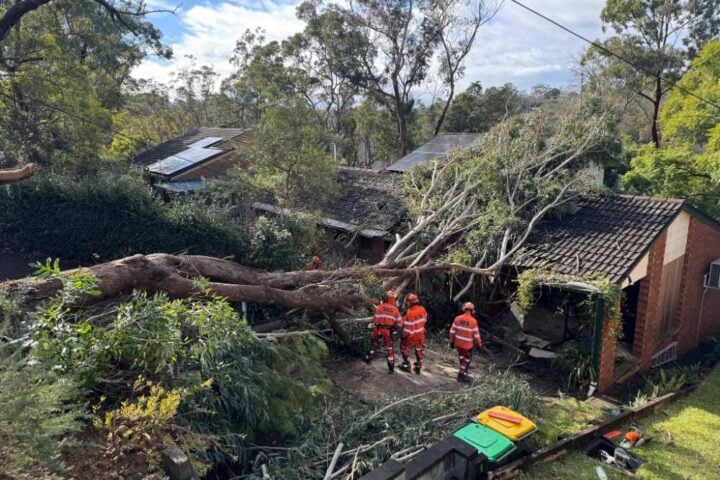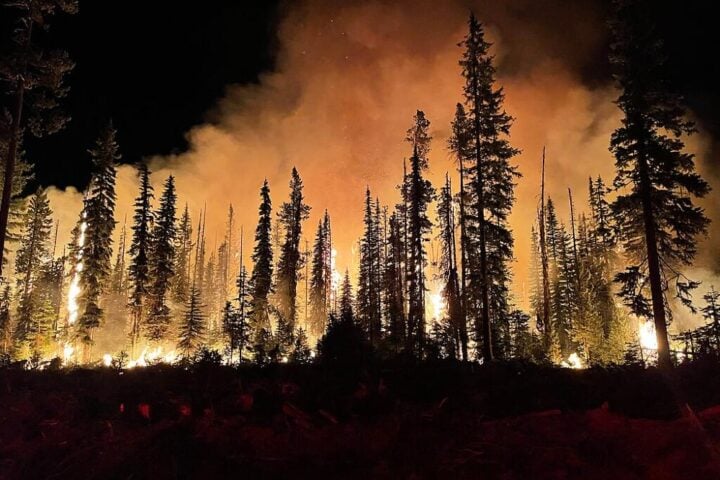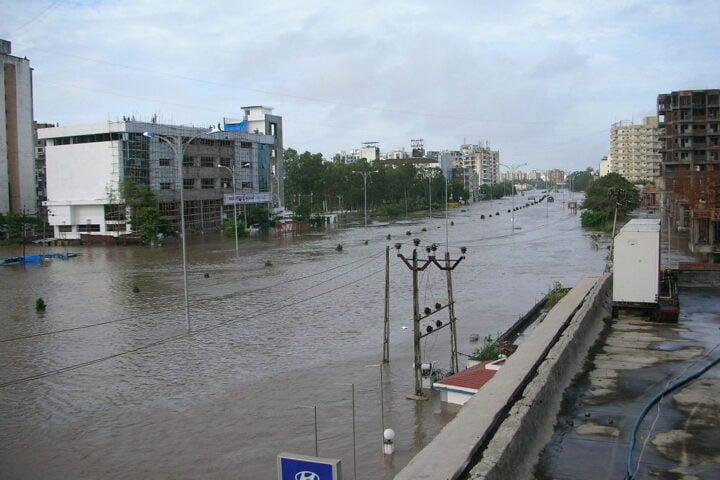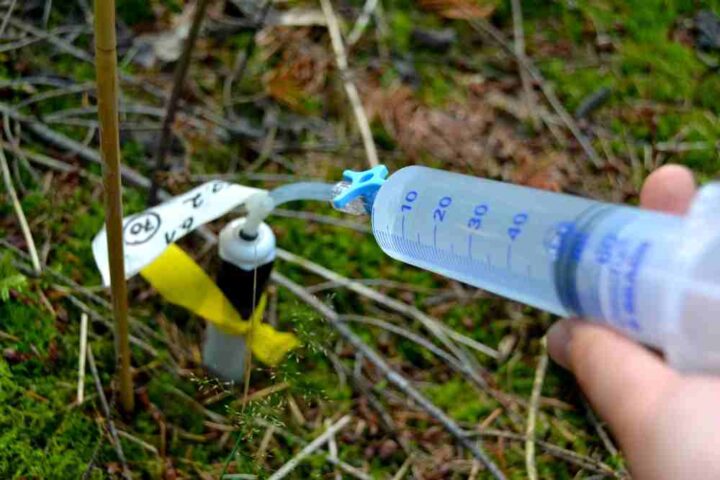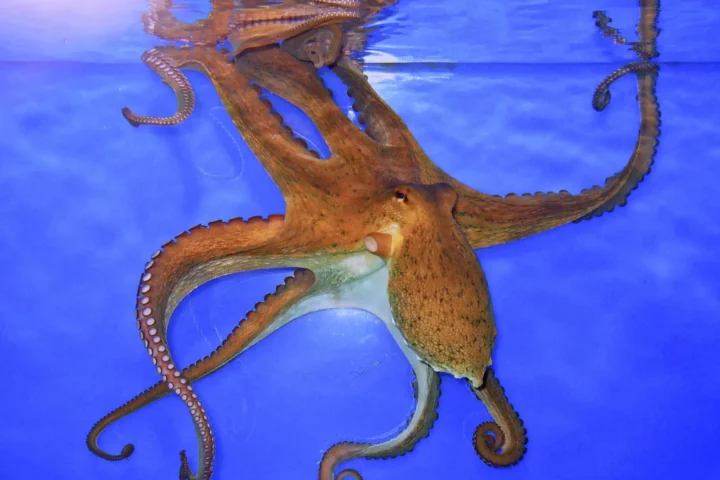Recent research reveals that Eastern Wild Turkeys (Meleagris gallapavo silvestris) exhibit no significant adjustment in their nesting cycles in response to climate changes. “This inflexibility could lead to a phenomenal mismatch, a situation where their productive behavior doesn’t align with the availability of food and protective vegetation,” warns Professor Chris Moorman. Researchers suggest that a decline in food sources and protective cover due to changing climate patterns could place these turkeys at risk. The Eastern Wild Turkey, once on the brink of extinction due to overhunting and habitat loss, now faces another potential threat – climate change.
Though the species has rebounded strongly and is now prevalent across North America, the inflexibility of their reproductive habits could pose a new challenge. A recent survey indicates that wild turkey populations in the southeastern United States have been declining since 2009, leading some states to introduce hunting restrictions. The role of weather, climate change, and emerging diseases on turkey populations is a topic of intense research. Wesley Boone, the lead author of the study, highlights the adaptability of turkeys that facilitated their restoration. However, he questions whether they can maintain this resilience in the face of changing climate and landscapes.
By using GPS transmitters attached to the birds, researchers tracked when Eastern Wild Turkeys began nesting across five states in the Southeast over an eight-year period. The goal was to explore connections between temperature, rainfall, spring green-up, and the initiation of turkey nest incubation. The study also projected adjustments in nest timing by 2041-2060 under two climate change scenarios. According to the study, only slight changes in nesting times, measured in hours rather than days, were found to be associated with temperature and rainfall. Researchers found that shifts in average precipitation and temperature due to climate change might adjust the timing of successful nests by less than three hours.
“We did find relationships between nest timing, rainfall, and temperature, but the biological relevance of the shift in timing into the future is negligible,” Boone remarks. As Boone notes, however, the lack of response to climate change might prove problematic as critical food and cover resources linked with spring green-up are likely to shift earlier in the future. “Nesting is initiated around the same time each year with only slight shifts in the timing, regardless of weather conditions,” Moorman states, highlighting the inflexibility of turkeys. “This marks the first in a series of studies aiming to understand the impact of climate change on the reproduction of the Eastern Wild Turkey,” Boone notes. Future research will delve into other aspects of turkey reproductive success, such as how temperature and precipitation affect the survival of turkey nests and recently hatched young, known as poults.
Similar Post
These findings may influence long-term conservation strategies for turkeys, including the scheduling of hunting seasons. “We need to begin chipping away at the questions to build a comprehensive understanding of the current and future threats to wild turkey population sustainability,” Boone warns. The implications of the study extend beyond climate change, also considering factors such as hunting season timing, land-use changes affecting habitat, predator population shifts, and diseases. Native to North America, the Eastern Wild Turkey thrives in a variety of habitats including forests, swamps, and grasslands. This largest subspecies of wild turkey, typically heavier in males, displays dark metallic bronzing throughout its plumage. Males sport distinctive beards of specialized feathers. These turkeys consume a diverse range of plant and animal matter, including seeds, leaves, berries, insects, and small vertebrates. The study included experts from Louisiana State University, the University of Georgia, the US Geological Survey Southeast Climate Adaptation Science Center, and North Carolina State University.




